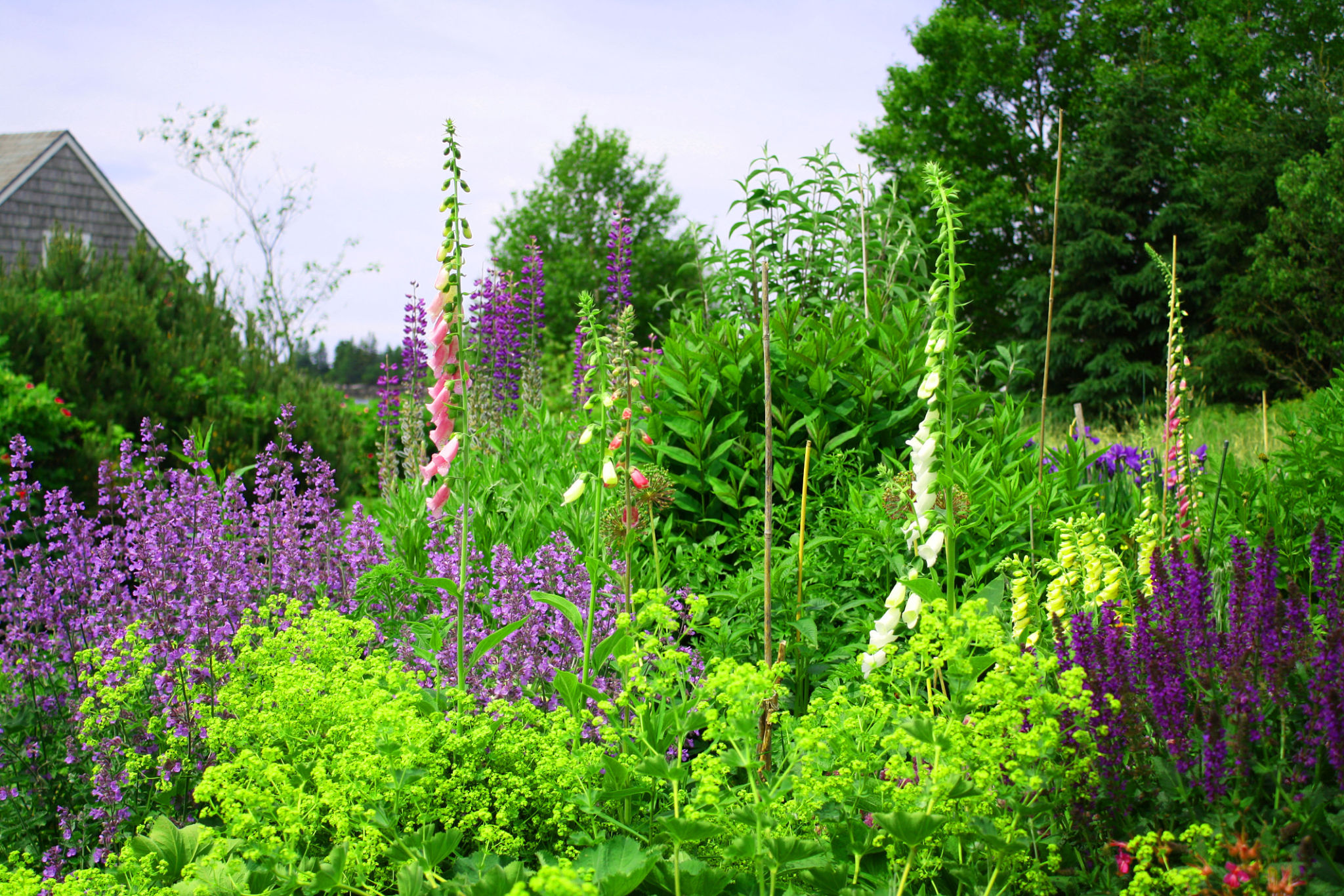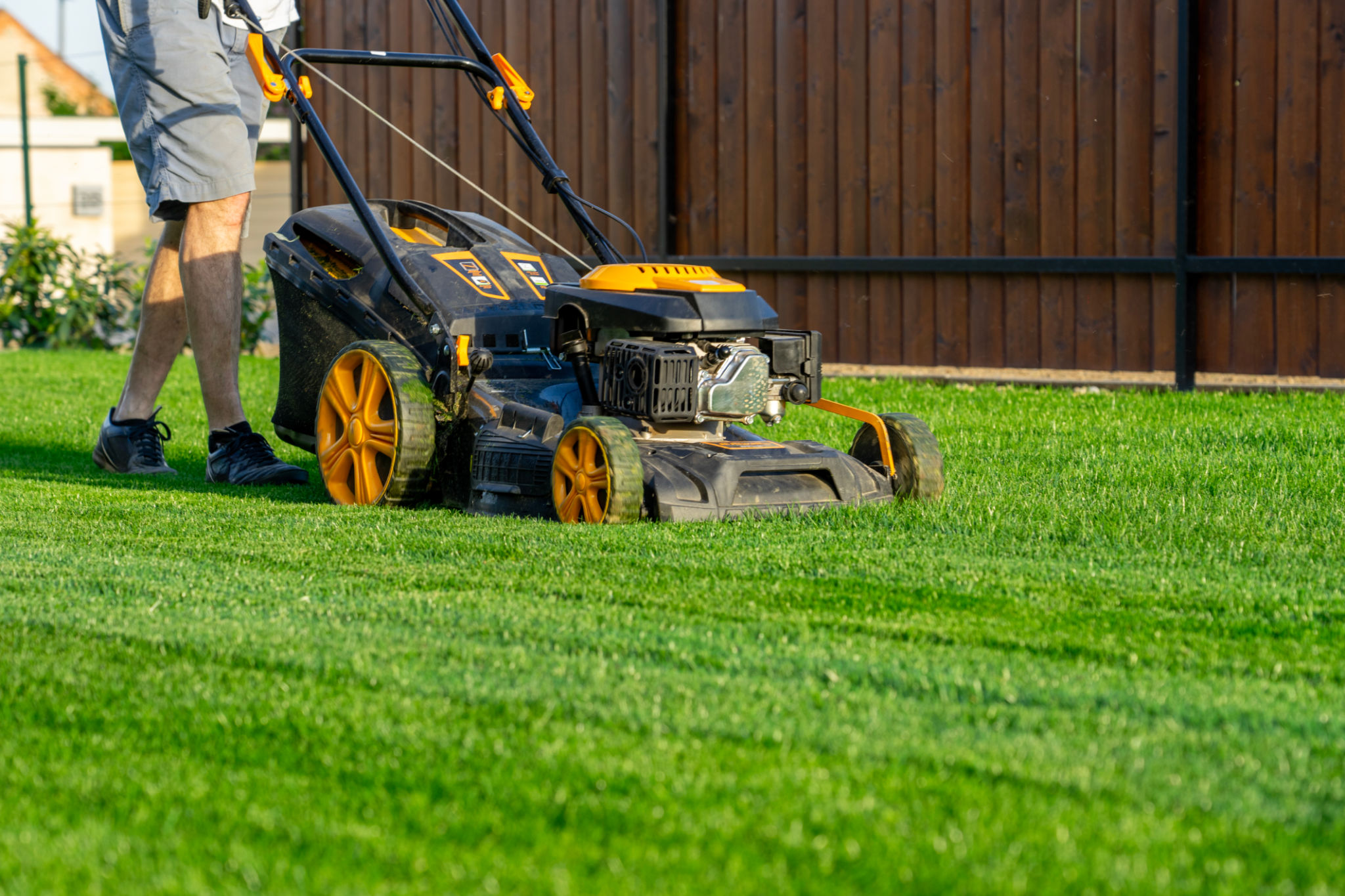Residential Landscape Planning: Creating Eco-Friendly Outdoor Spaces
Understanding the Basics of Eco-Friendly Landscaping
Creating an eco-friendly outdoor space begins with a comprehensive understanding of the natural environment. This involves integrating sustainable practices that not only enhance the beauty of your landscape but also promote biodiversity and reduce environmental impact. By adopting eco-friendly landscaping techniques, you contribute to a healthier ecosystem and enjoy a more sustainable outdoor environment.
Eco-friendly landscaping is not just about conserving water and reducing pesticide use. It also involves selecting native plants that thrive in your local climate, minimizing lawn areas that require frequent mowing, and incorporating elements that support local wildlife. These practices help create a harmonious balance between your outdoor space and the natural world.

Choosing the Right Plants
One of the most crucial steps in creating an eco-friendly landscape is selecting the right plants. Native plants are ideal because they are well-adapted to local soil and climate conditions, requiring less water and maintenance. They also provide essential habitats for local fauna, supporting a diverse range of insects, birds, and other wildlife.
When planning your garden, consider using a mix of trees, shrubs, and perennials that bloom at different times of the year. This not only ensures a vibrant display throughout the seasons but also provides continuous resources for pollinators. Additionally, incorporating edible plants such as herbs and vegetables can further enhance the sustainability of your landscape.
Water Conservation Techniques
Water conservation is a key component of eco-friendly landscaping. Implementing efficient irrigation systems, such as drip irrigation or soaker hoses, can significantly reduce water waste. Additionally, consider installing rain barrels to collect rainwater for use during dry periods.
Another effective method is to design your landscape with water-efficient zones. Group plants with similar water needs together to optimize irrigation efforts. Moreover, using mulch around your plants helps retain soil moisture, reduces evaporation, and suppresses weed growth.

Creating Wildlife Habitats
An eco-friendly landscape should serve as a sanctuary for local wildlife. Incorporating features such as birdbaths, feeders, and nesting boxes can attract a variety of birds to your garden. Similarly, installing bee hotels or leaving small piles of logs can provide essential habitats for beneficial insects like bees and butterflies.
Creating a small pond or water feature can also encourage amphibians and other aquatic creatures to visit your garden. These elements not only support biodiversity but also add movement and sound to your outdoor space, enhancing its appeal.
Reducing Lawn Areas
Traditional lawns often require significant resources to maintain, including water, fertilizers, and regular mowing. By reducing lawn areas, you can lower these demands and create more space for diverse plantings. Consider replacing sections of your lawn with ground covers or creating wildflower meadows that require minimal upkeep.

Incorporating hardscaping elements such as stone paths or patios can further reduce lawn areas while adding functionality to your landscape. These features provide areas for seating or outdoor dining, encouraging you to spend more time enjoying your eco-friendly yard.
Maintaining an Eco-Friendly Landscape
Once your eco-friendly landscape is established, ongoing maintenance is essential to ensure its health and sustainability. Regularly monitor plants for pests and diseases, opting for natural pest control methods when necessary. Composting yard waste can also enrich the soil without relying on chemical fertilizers.
Consider conducting a soil test to understand its nutrient levels and adjust your gardening practices accordingly. Consistent pruning and weeding will help maintain plant health and prevent invasive species from taking over.

By thoughtfully planning and maintaining your outdoor space with eco-friendly principles in mind, you contribute positively to the environment while creating a beautiful and sustainable oasis for you and local wildlife to enjoy.
